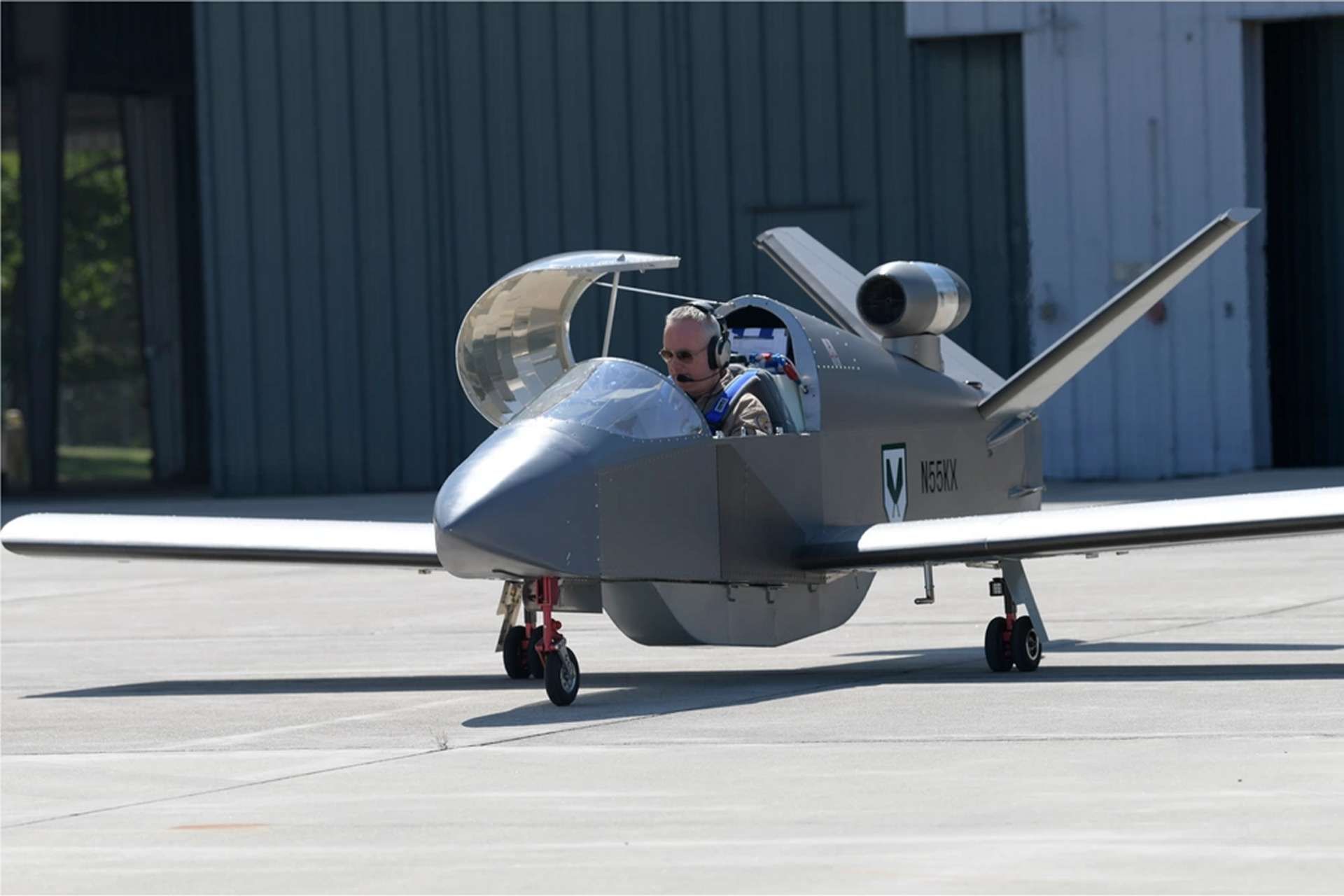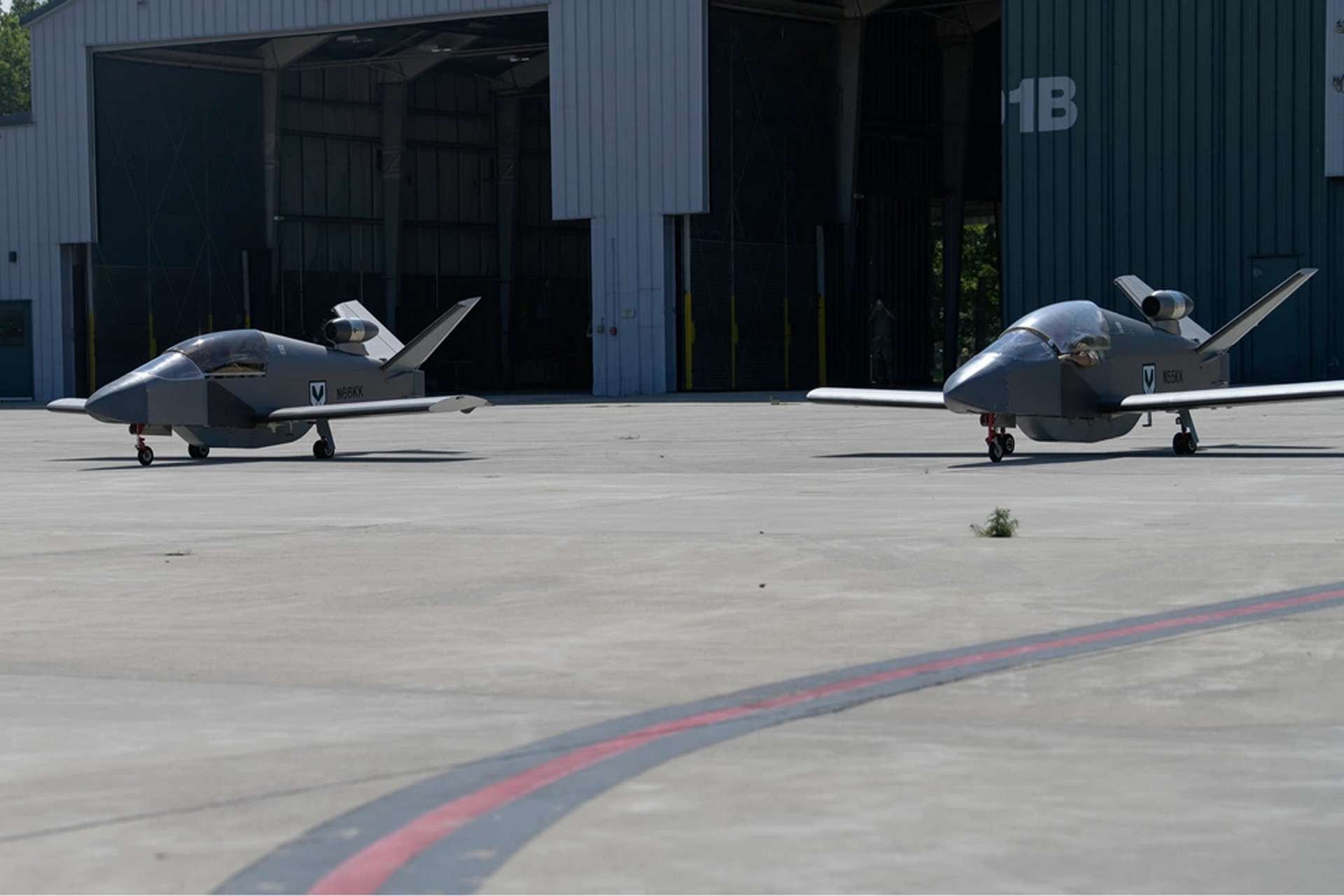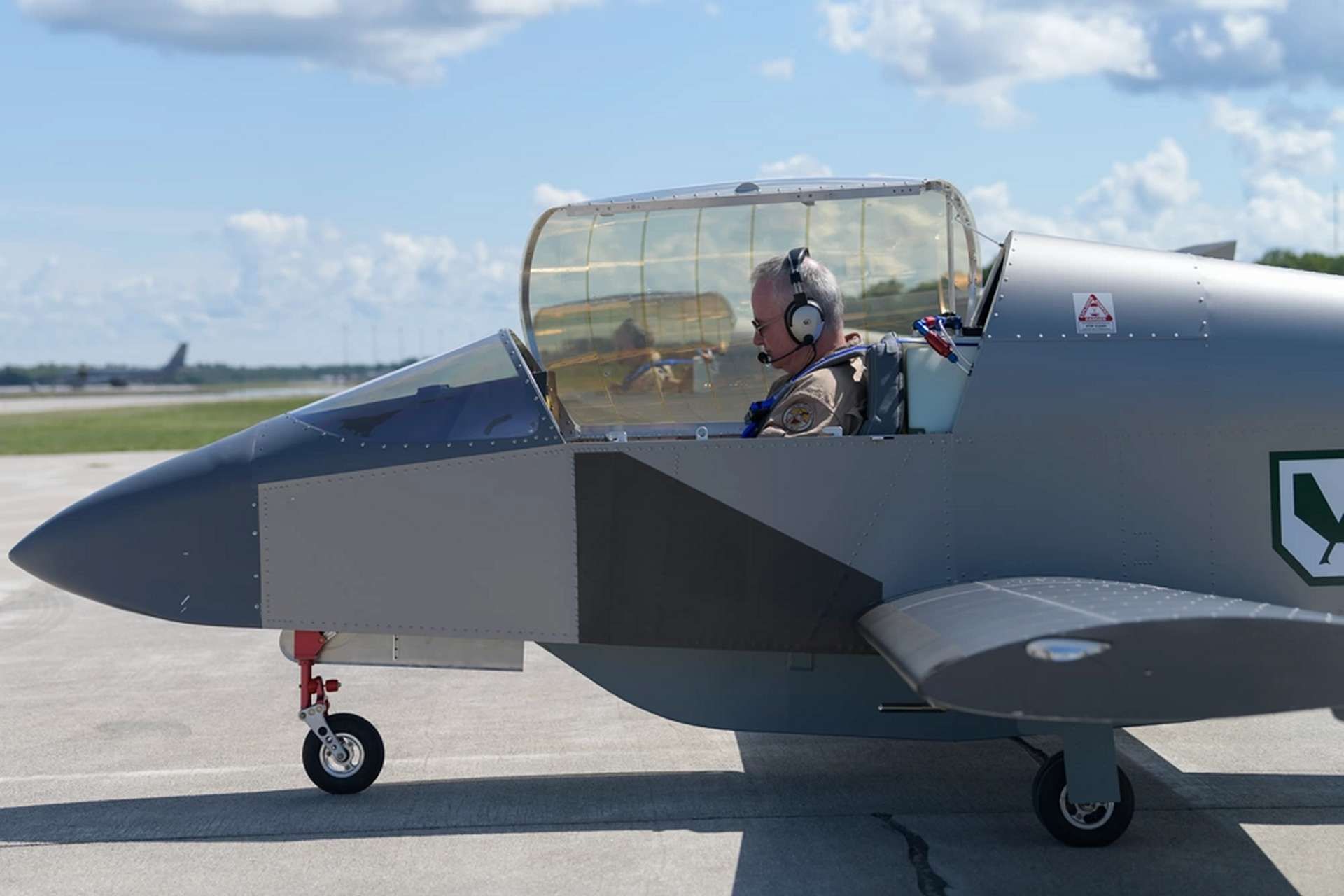Breaking News
US Air Force Intensifies Exercises to Counter Cruise Missile and Drone Threats in Preparation for a Potential Pacific Conflict.
The U.S. Air Force is increasing the intensity and realism of its exercises in anticipation of a possible conflict with a rival power in the Pacific, focusing on defense against cruise missiles and drones, with microjets playing a key role in these simulations. The U.S. Department of Defense published images of these exercises on August 6, 2024, in a press release.
Follow Army Recognition on Google News at this link

The JSX-2 is an extremely lightweight aircraft, with an empty weight of only 227 kg. (Picture source: US DoD)
The JSX-2 microjet
In Northern Michigan, the Air Force is conducting interception exercises against cruise missiles and unmanned aerial vehicles (UAVs) using small, handmade microjets from Sonex Aircraft. These exercises highlight the growing importance of countering these threats, which have become increasingly frequent in modern conflicts.
These JSX-2 microjets are equipped with under-fuselage pods, not included in the standard model, suggesting modifications funded by the contract. The SubSonex jet's base price is $136,654 on the company's website, leaving significant room for additional upgrades.
The JSX-2 is an extremely lightweight aircraft, with an empty weight of only 227 kg, a length of 5 meters, and a wingspan of 5.5 meters. It can reach a maximum speed of 462 km/h thanks to its PBJ TJ100 engine. Additionally, in collaboration with Navmar Applied Sciences Corporation (NASC), Sonex Aircraft has developed an unmanned twin-engine version of the JSX-2, known as the Tracer.

During Exercise Northern Strike 24, these microjets simulate threats similar to those posed by adversaries. (Picture source: US DoD)
Exercise Northern Strike 24
During Exercise Northern Strike 24, these microjets simulate threats similar to those posed by adversaries. This exercise, held at the Alpena Combat Readiness Training Center, is described by the Air National Guard as "the premier reserve component training event," aimed at enhancing preparedness across all domains of warfare. Over 6,300 personnel from 32 states and several international participants took part in the event, hosted at the National All-Domain Warfighting Center (NADWC).
The exercise also included the Personnel Recovery Agency, testing new combat search, rescue, and recovery systems. Participants included units from the 113th Wing of the DC Air National Guard, the 180th Fighter Wing of Ohio, the 122nd Fighter Wing of Indiana, and numerous KC-135 Stratotankers from various units.
The press release emphasized that the exercise was partly focused on "homeland security and defense against unmanned aerial systems," and included maritime defense and strike missions on Lake Michigan.

Northern Lightning 24 focused on advanced combat and executing operations in a contested environment with an agile footprint, simulating operational expectations in the Pacific theater. (Picture source: US DoD)
National All-Domain Warfighting Center and Wisconsin Air National Guard
The National All-Domain Warfighting Center, managed by the Michigan National Guard, covers nearly 148,000 acres at the Camp Grayling Maneuver Training Center and includes 17,000 square miles of special-use airspace connected to the Alpena CRTC. This vast area offers training opportunities across the five domains of warfare: air, land, sea, space, and cyberspace.
Simultaneously, the Wisconsin Air National Guard organized Northern Lightning 24 at Volk Field CRTC. This exercise, described as a "tactical-level joint training exercise replicating today's air battlespace with current and future weapons platforms," involved approximately 1,100 personnel from the Air Force and Marine Corps, and was conducted in parallel with Northern Strike. Northern Lightning featured F-35A, F-35C, and various F-16C units.
Lieutenant Colonel Michael Cady, the exercise director, emphasized that Northern Lightning 24 focused on advanced combat and executing operations in a contested environment with an agile footprint, simulating operational expectations in the Pacific theater. The goal of the exercise was to ensure that the Air National Guard and active-duty Airmen, as well as their partners, are fully prepared to face threats with combat power if necessary.
The U.S. military's focus on exercises like Northern Strike and Northern Lightning reflects its preparation for a potential conflict with a rival power in the Pacific. As 2025 approaches, the Department of Defense is expected to maintain or even intensify the level of these training activities.

The U.S. Air Force is increasing the intensity and realism of its exercises in anticipation of a possible conflict with a rival power in the Pacific. (Picture source: US DoD)


























